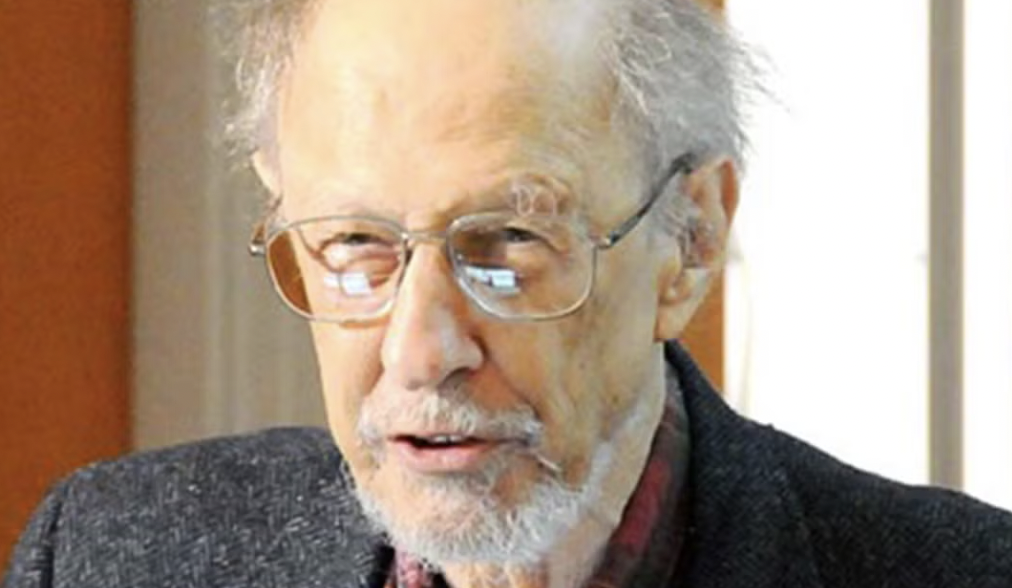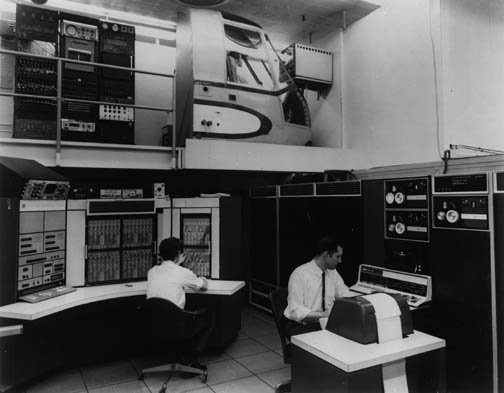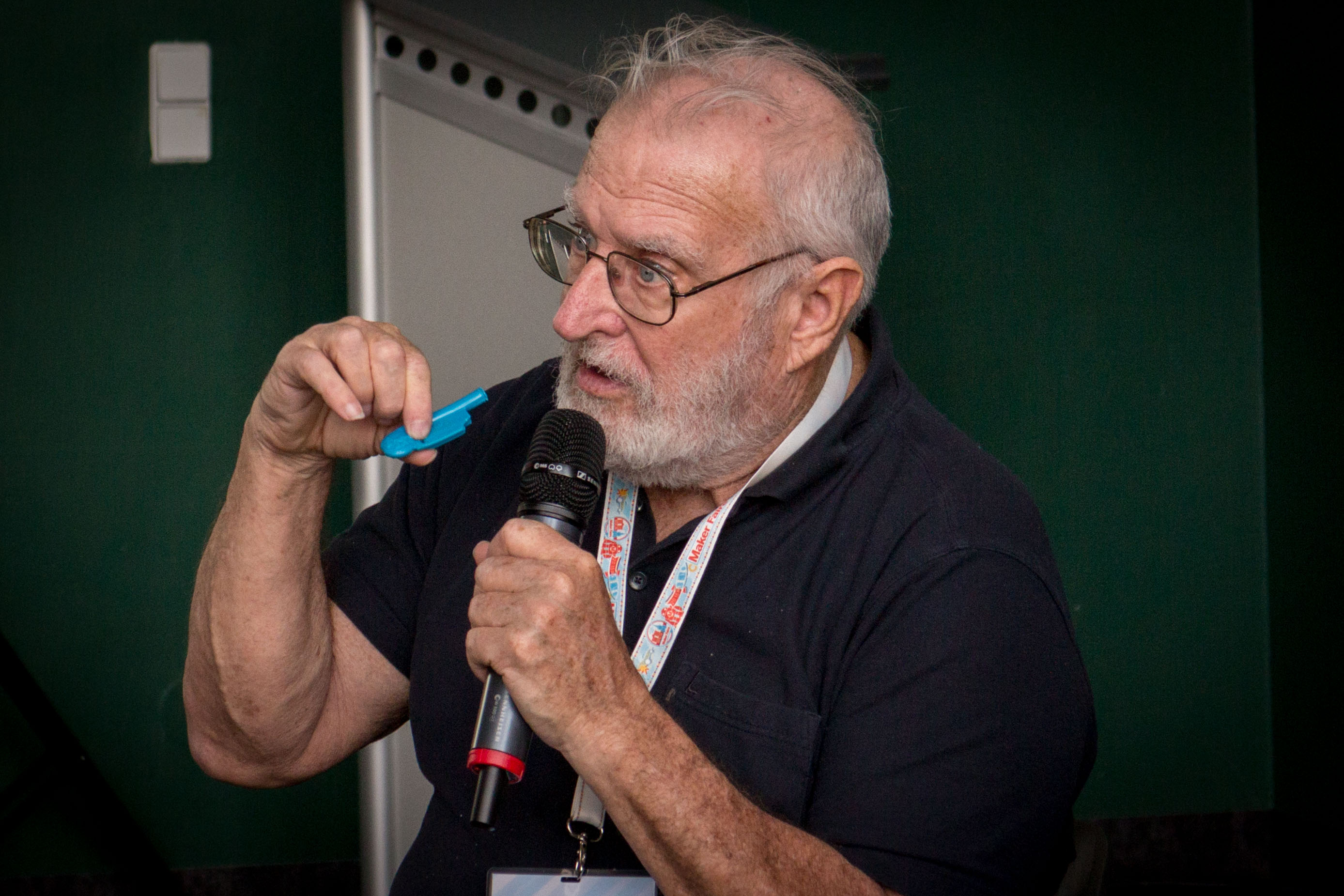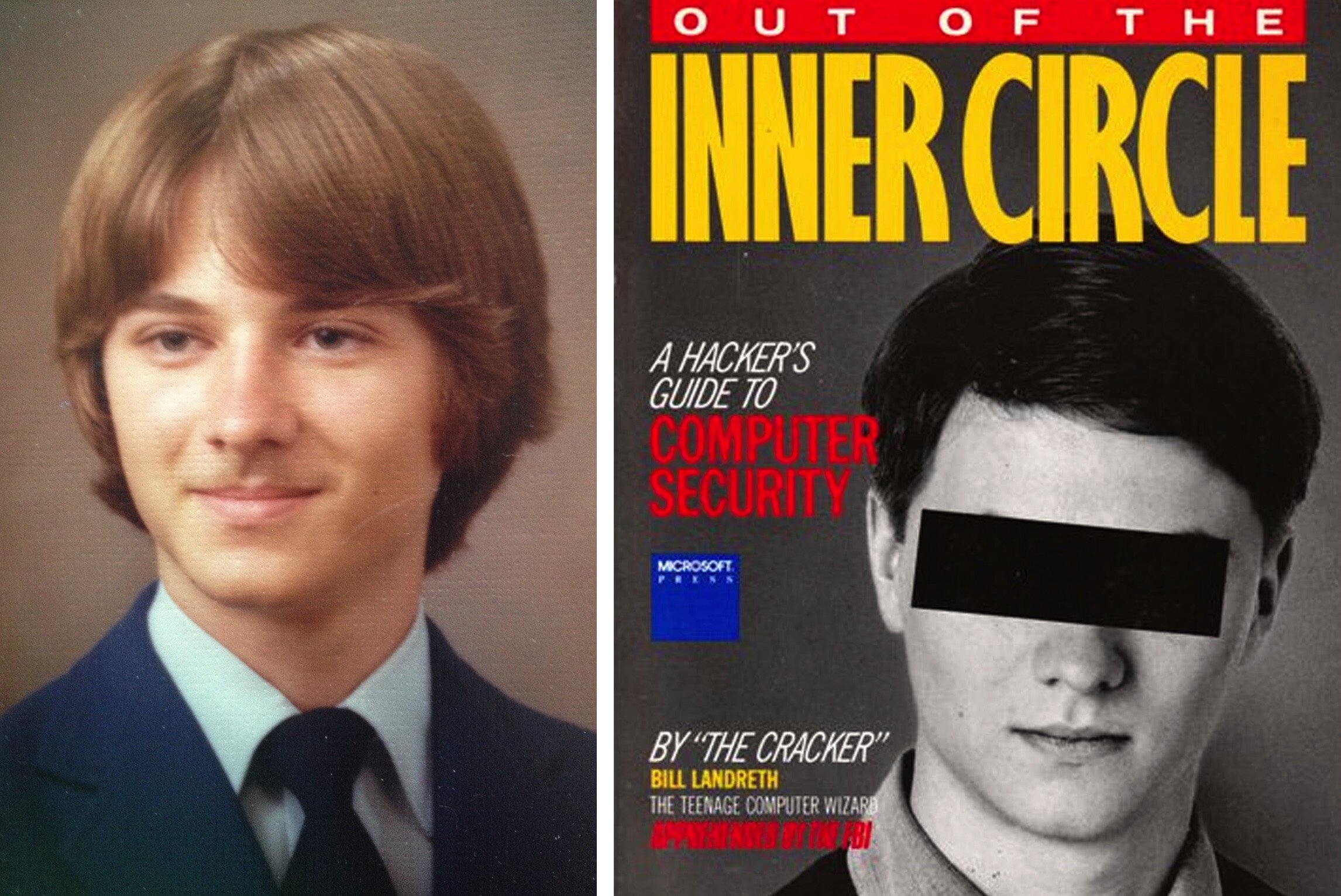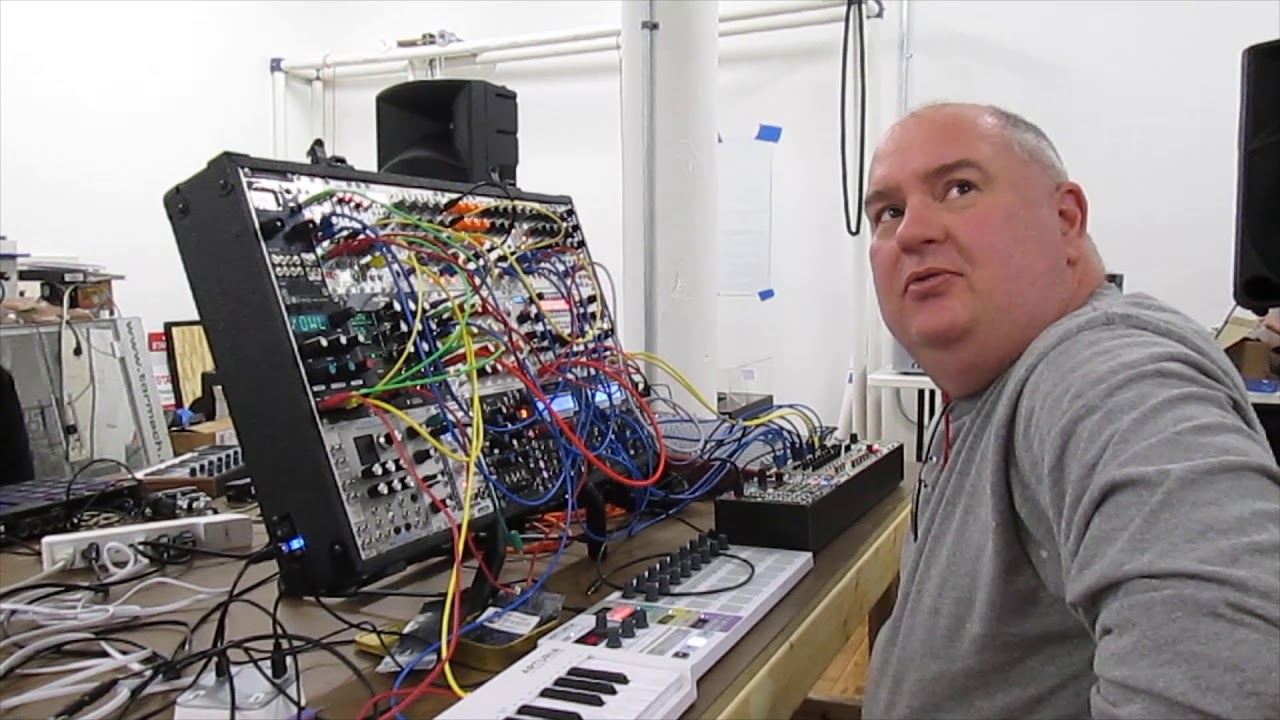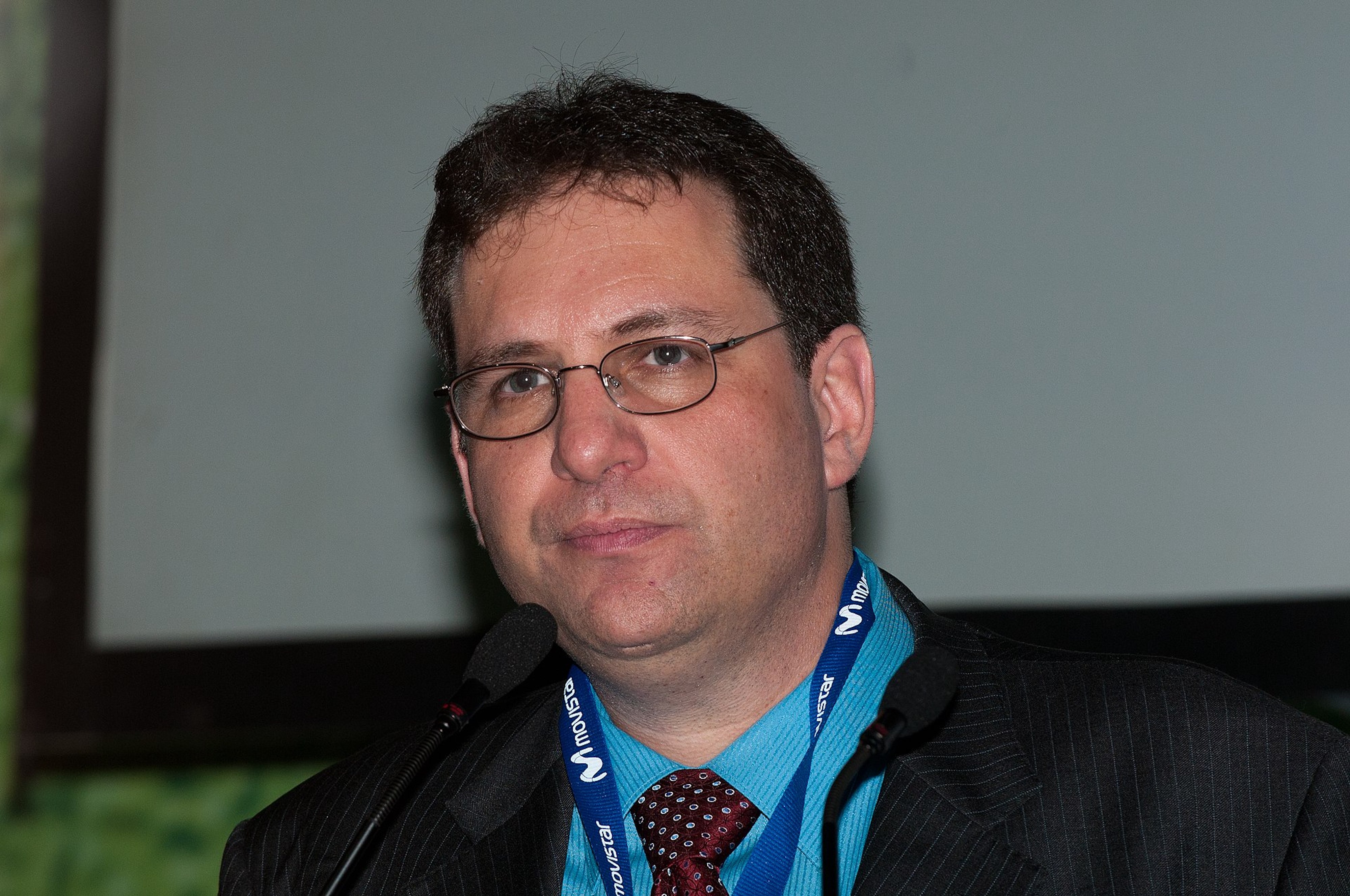10 OG Hackers That Really Did a Number On Things
For as long as computers have existed, people have been hacking them. Well, almost.
Published 11 months ago in Wow
For as long as computers have existed, people have been hacking them. Well, almost. Hacking began in the late 60s and 70s as a way for computer scientists themselves to test the boundaries of their technology and was a part of many university computer science clubs. But once the personal computer was released for the first time in 1973, hackers finally had the opportunity to cause some harm.
We imagine hackers in a post-internet world; furiously typing away at their laptops while an action movie protagonist yells something like, "Hurry up Q, we need that door!" But hackers were wreaking havoc well before the internet went public in 1993, and even getting arrested for it. John Draper, also known as Captain Crunch, is considered by many to be one of the first major hackers in the 70s, and he tapped into numerous important phone lines. John even claimed he could call President Nixon from a secure line.
Read about John and other hackers who messed stuff up in the early days of computers.
5
Loyd Blankenship, a computer security hacker who went by the handle The Mentor, published the “Hacker’s Manifesto” in 1986. It argues that intellectual goods cannot be owned, and hackers have an obligation to share everything they can with the world. He was a member of the “Legion of Doom,” and was also arrested.
7
Kevin David Mitnick began a life of hacking in 1979 when a friend gave him the telephone number for the Ark, the computer system that the Digital Equipment Corporation (DEC) used for developing software. In 1988 he was charged for breaking into that same system, and sentenced to a year in prison. Later, he hacked into Pacific Bell voicemail computers, and evaded arrest for two and a half years. While on the run he hacked into numerous networks, cell phone companies, computer companies and more. He stole passwords, cloned cell phones, and obtained private information. He was eventually caught in 1998, and charged with “14 counts of wire fraud, eight counts of possession of unauthorized access devices, interception of wire or electronic communications, unauthorized access to a federal computer, and causing damage to a computer.” He would go to jail for five years.

